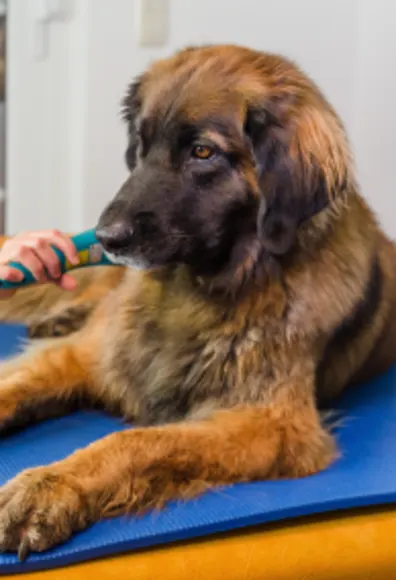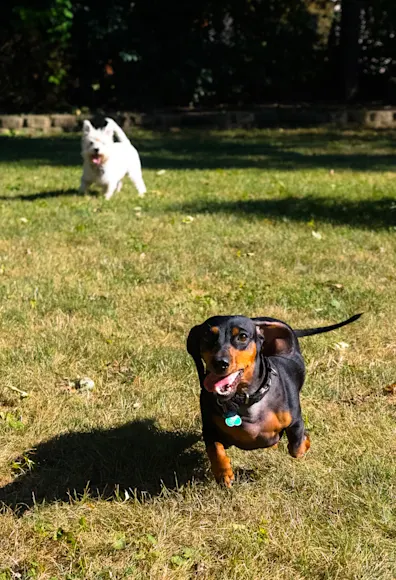Stuebner Airline Veterinary Hospital



Welcome to our Spring, TX Animal Hospital
The Stuebner Airline Veterinary Hospital in Spring, TX is a full-service companion animal hospital. It is our commitment to provide quality veterinary care throughout the life of your pet. Our services and facilities are designed to assist in routine preventive care for young, healthy pets; early detection and treatment of disease as your pet ages; and complete medical and surgical care as necessary during his or her lifetime.
Thank you for taking the time to read about our veterinary practice and the services we offer. We welcome your comments and suggestions. Please contact us at (281) 376-2505 for all your pet health care needs.
Client Testimonials & Reviews
Our staff at Steubner Airline Veterinary Hospital values feedback from our clients. Here is just a small sample of the hundreds of happy and healthy pets that we have cared for since 1970.






